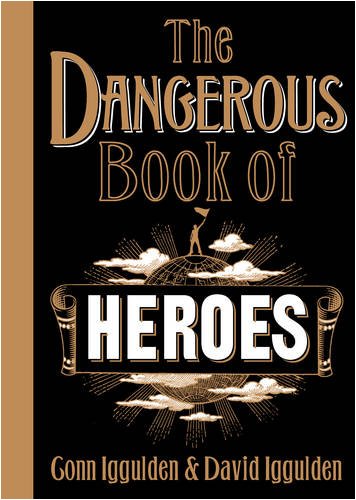The Dangerous Book of Heroes
This book is prefaced by an Australian Aboriginal saying: People who lose their history, lose their soul. What the Igguldens have done is give us back our national stories. Once common currency, many of them have been swept away by the tides of political correctness. The authors, however, are unrepentant about their choices. ‘Some of the heroes are more rogue than angel – and one or two are absolute devils … We have not judged them by modern standards.’ All come from Britain, the Empire or the Commonwealth. The criteria for inclusion are simple: ‘courage, determination and some dash.’
They include some old friends: for example James Cook, Captain Scott and Florence Nightingale. There are also composite entries, such as the Gurkhas, the Magna Carta Barons, or the women of the Special Operations Executive (1939-45) who worked behind enemy lines, many of whom were captured, tortured and executed. Some of the ‘heroes’ are decidedly dodgy characters, like the buccaneer, Henry Morgan. Some entries are of single events, like the defence of Rorke’s Drift where 104 British soldiers fought off 4,500 Zulu warriors; or school-teacher Lisa Potts’ bravery in rescuing three children from a machete-wielding maniac.
The authors go for broad brush strokes rather than in-depth analysis and all the stories are terrific. Some are inspirational (Edmund Hillary and Tenzing Norgay’s conquest of Everest); some contain mind-boggling acts of almost insane bravery (Charles Napier); some show courage and determination over a long period (Thomas Paine and The Rights of Man). The book ends, fittingly, with the Unknown Warrior, brought over from the killing fields of Flanders and buried in Westminster Abbey. Graeme Neil Reid’s illustrations perfectly complement the tales of bravery, determination and derring-do. Any boy over 11 should love this book but others will as well. I, for one.










